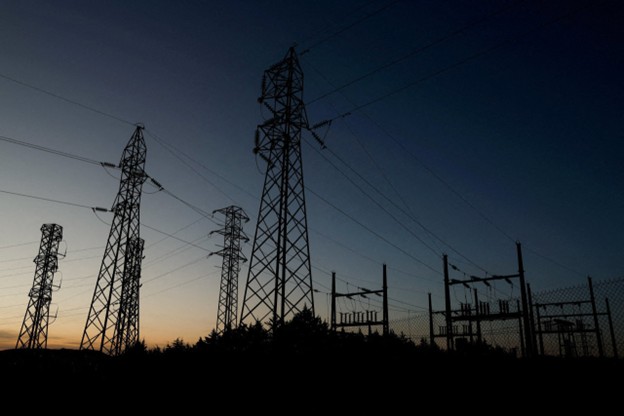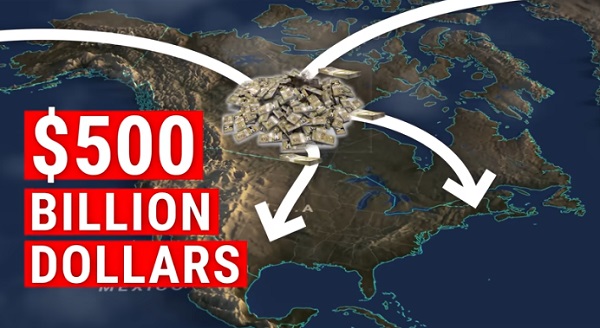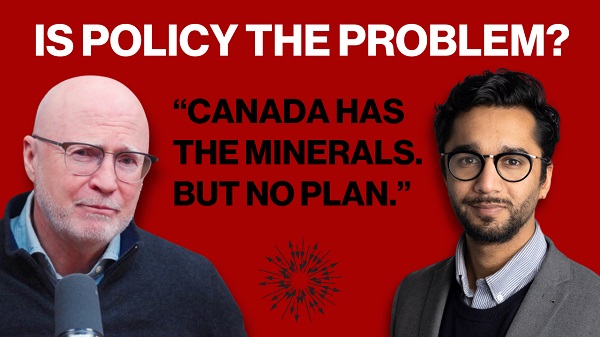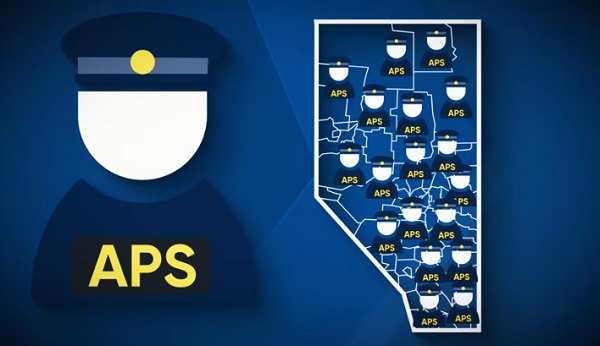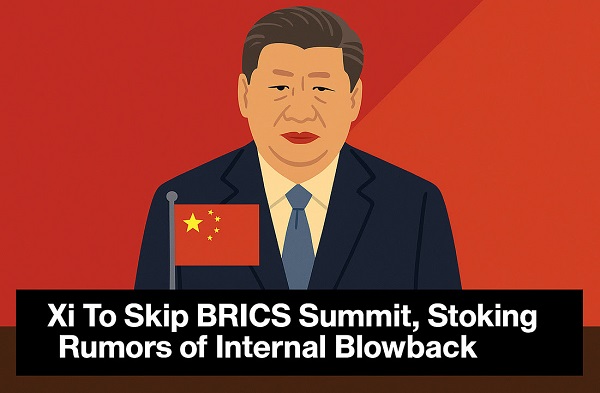Alberta
The Votes Tell the Story

The Votes Tell the Story
On this amazing day for hockey fans, especially in Alberta, it’s a personal joy to realize two men I have known and appreciated for decades are now members of the Hockey Hall of Fame.
As much satisfaction as supporters are sure to feel for Jarome Iginla and his selection in his first year of HHOF eligibility, the same level of pleasure is sure to be shared by Kevin Lowe, who has waited many years for his combination of steadiness, competitive fire and team intelligence to be recognized at the highest possible of the game both he and Iginla have loved since childhood.
It’s a bonus for Edmontonians, and for all in sports, that Ken Holland was welcomed as a builder. He deserves the accolade as much as anyone can and the fact that he achieved most of his front-office success before he was hired as the Edmonton Oilers general manager before the start of last season. It’s still a shock to recall how many dedicated Oilers lovers objected in words and in print to the thought that he would be hired after being escorted away from Joe Louis Arena in Detroit.
You want another shock? Iginla came much closer to being potentially a career Oiler than media wretches were allowed to know.
He was drafted 11th overall in 1995. Steve Kelly became a mistaken sixth-overall choice in the same year. He was picked as Number 6 — one spot ahead of Shane Doan despite loud demands for the Oilers to go for Doan with their first pick of the graduate draft.
Barry Fraser, Edmonton’s head scout, told me before the draft that Iginla “is going to be a good pick for somebody.” He also Iginla as a potential first-rounder, a clear sign that he would become part of the mid-90s Oilers if rival selections made it possible.
Doan, like Lowe, was a productive but not brilliant offensive player. If his character and leadership are taken into account in a future year, he will also become a more promising candidate for Hall of Fame membership.
Dealing with Lowe during the Oilers’ Stanley Cup run was always a pleasure. When he sensed a criticism, and if he missed some of the credit headed his team’s way, he was likely to be edgy. It was impossible to do a pre-game Sportstalk segment and still find time for a moment to talk. Then I learned that he sharpened his skates very early on game night. That meant he would be available for brief conversation.
Somehow, it evolved that we would speak before the first home game of every series. I still remember the intensity of his preparation.
Iginla’s brilliant junior record and his lifelong connection with Edmonton and St. Albert made it obvious that we would meet during the 1995 junior draft countdown. He and several other top prospects were made available for live appearances for about week.
Iginla was not a logical choice to talk: he did not blow his own horn. Others seemed more interested than he was at the thought of speaking for 30 minutes on radio. After about three days, someone asked about giving Jarome some time on the microphone. Said I: “It doesn’t look like he’s interested” but his supporter suggested that I approach the quiet young man. He agreed to join the chow and was a sensational guest, showing a confident streak that was well-balanced with modesty.
One question was a natural for presentation to any young athlete: “Do you think the NHL will be a good fit for you?” His answer, as I learned gradually over time, was typical for him.
“I know I’ve got a lot to learn,” he said. “I have to improve my skating quite a bit. If I do that, I can probably do all right.”
As they say: Now we know the rest of the story.
Alberta
Alberta judge sides with LGBT activists, allows ‘gender transitions’ for kids to continue

From LifeSiteNews
‘I think the court was in error,’ Alberta Premier Danielle Smith has said. ‘There will be irreparable harm to children who get sterilized.’
LGBT activists have won an injunction that prevents the Alberta government from restricting “gender transitions” for children.
On June 27, Alberta King’s Court Justice Allison Kuntz granted a temporary injunction against legislation that prohibited minors under the age of 16 from undergoing irreversible sex-change surgeries or taking puberty blockers.
“The evidence shows that singling out health care for gender diverse youth and making it subject to government control will cause irreparable harm to gender diverse youth by reinforcing the discrimination and prejudice that they are already subjected to,” Kuntz claimed in her judgment.
Kuntz further said that the legislation poses serious Charter issues which need to be worked through in court before the legislation could be enforced. Court dates for the arguments have yet to be set.
READ: Support for traditional family values surges in Alberta
Alberta’s new legislation, which was passed in December, amends the Health Act to “prohibit regulated health professionals from performing sex reassignment surgeries on minors.”
The legislation would also ban the “use of puberty blockers and hormone therapies for the treatment of gender dysphoria or gender incongruence” to kids 15 years of age and under “except for those who have already commenced treatment and would allow for minors aged 16 and 17 to choose to commence puberty blockers and hormone therapies for gender reassignment and affirmation purposes with parental, physician and psychologist approval.”
Just days after the legislation was passed, an LGBT activist group called Egale Canada, along with many other LGBT organizations, filed an injunction to block the bill.
In her ruling, Kuntz argued that Alberta’s legislation “will signal that there is something wrong with or suspect about having a gender identity that is different than the sex you were assigned at birth.”
She further claimed that preventing minors from making life-altering decisions could inflict emotional damage.
However, the province of Alberta argued that these damages are speculative and the process of gender-transitioning children is not supported by scientific evidence.
“I think the court was in error,” Alberta Premier Danielle Smith said on her Saturday radio show. “That’s part of the reason why we’re taking it to court. The court had said there will be irreparable harm if the law goes ahead. I feel the reverse. I feel there will be irreparable harm to children who get sterilized at the age of 10 years old – and so we want those kids to have their day in court.”
READ: Canadian doctors claim ‘Charter right’ to mutilate gender-confused children in Alberta
Overwhelming evidence shows that persons who undergo so-called “gender transitioning” procedures are more likely to commit suicide than those who are not given such irreversible surgeries. In addition to catering to a false reality that one’s sex can be changed, trans surgeries and drugs have been linked to permanent physical and psychological damage, including cardiovascular diseases, loss of bone density, cancer, strokes and blood clots, and infertility.
Meanwhile, a recent study on the side effects of “sex change” surgeries discovered that 81 percent of those who have undergone them in the past five years reported experiencing pain simply from normal movements in the weeks and months that followed, among many other negative side effects.
Alberta
Alberta Independence Seekers Take First Step: Citizen Initiative Application Approved, Notice of Initiative Petition Issued
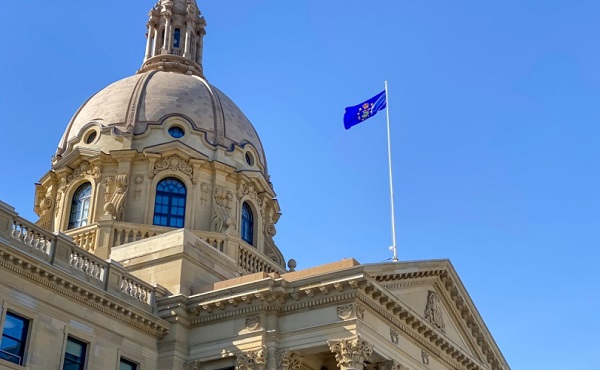
Alberta’s Chief Electoral Officer, Gordon McClure, has issued a Notice of Initiative Petition.
This confirms a Citizen Initiative application has been received and the Chief Electoral Officer has determined the requirements of section 2(3) of the Citizen Initiative Act have been met.
Approved Initiative Petition Information
The approved citizen initiative application is for a policy proposal with the following proposed question:
Do you agree that Alberta should remain in Canada?
The Notice of Initiative Petition, application, and statement provided by the proponent are available on Elections Alberta’s website on the Current Initiatives Petition page.
As the application was received and approved prior to coming into force of Bill 54: Election Statutes Amendment Act, the Citizen Initiative process will follow requirements set out in the Citizen Initiative Act as of June 30, 2025.
Next Steps
- The proponent must appoint a chief financial officer within 30 days (by July 30, 2025).
- Once the 30-day publication period is complete and a chief financial officer has been appointed, Elections Alberta will:
- issue the citizen initiative petition,
- publish a notice on the Current Initiatives Petition page of our website indicating the petition has been issued, specifying the signing period dates, and the number of signatures required for a successful petition, and
- issue the citizen initiative petition signature sheets and witness affidavits. Signatures collected on other forms will not be accepted.
More information on the process, the status of the citizen initiative petition, financing rules, third party advertising rules, and frequently asked questions may be found on the Elections Alberta website.
Elections Alberta is an independent, non-partisan office of the Legislative Assembly of Alberta responsible for administering provincial elections, by-elections, and referendums.
-

 Brownstone Institute2 days ago
Brownstone Institute2 days agoFDA Exposed: Hundreds of Drugs Approved without Proof They Work
-
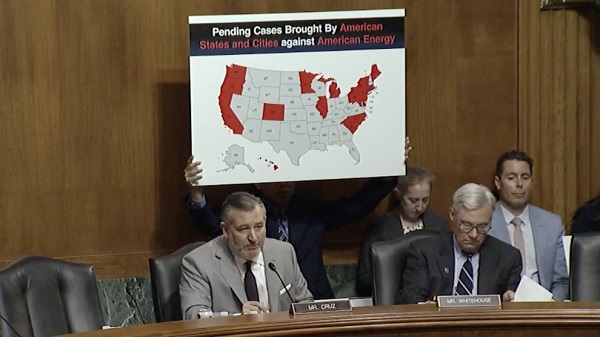
 Energy1 day ago
Energy1 day agoChina undermining American energy independence, report says
-

 Business1 day ago
Business1 day agoEurope backs off greenwashing rules — Canada should take note
-
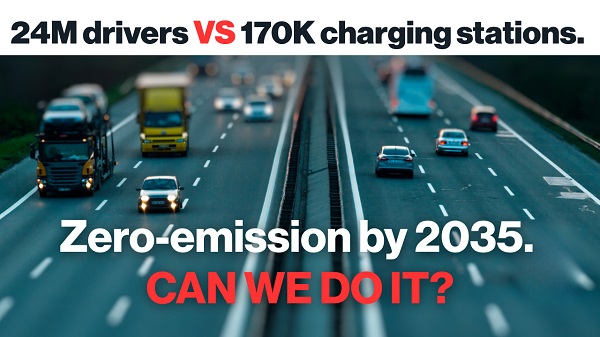
 Automotive1 day ago
Automotive1 day agoPower Struggle: Electric vehicles and reality
-
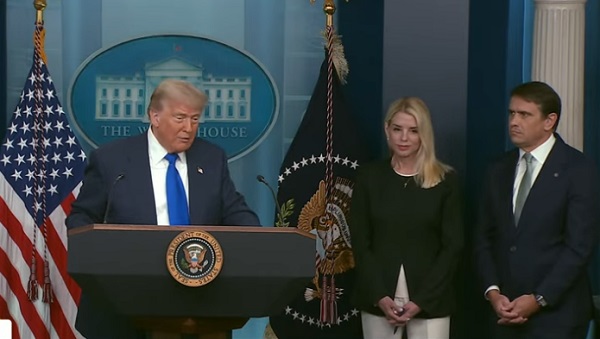
 Business1 day ago
Business1 day agoTrump on Canada tariff deadline: ‘We can do whatever we want’
-
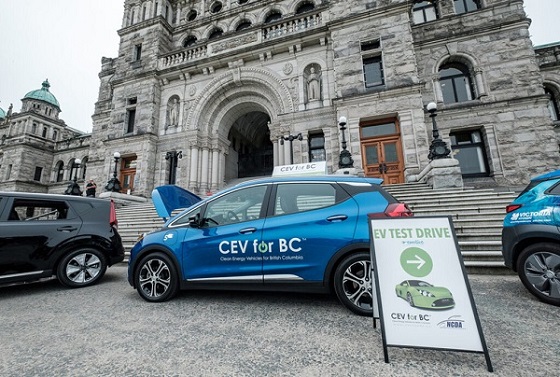
 Automotive1 day ago
Automotive1 day agoElectric vehicle sales are falling hard in BC, and it is time to recognize reality.
-
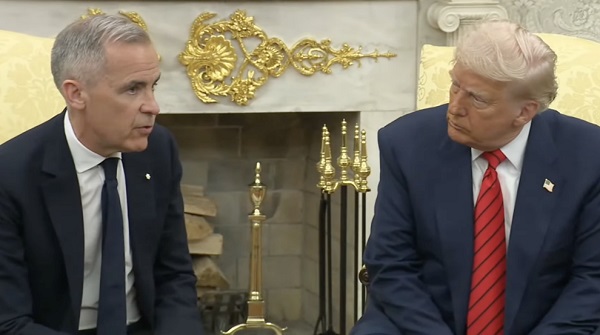
 Business7 hours ago
Business7 hours agoCanada Caves: Carney ditches digital services tax after criticism from Trump
-

 Crime7 hours ago
Crime7 hours agoSuspected ambush leaves two firefighters dead in Idaho
